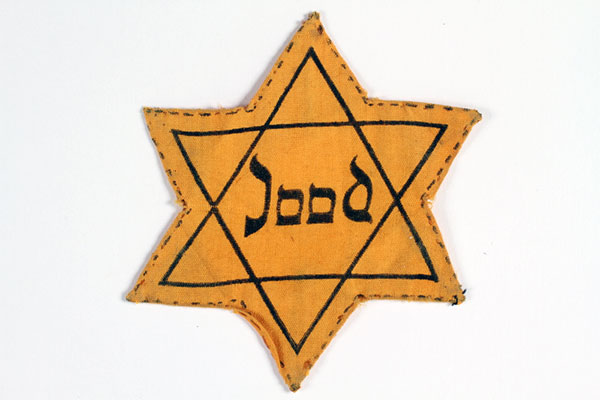-

From Refugee to Officer: The Manfred Gans Collection
In 1938, Manfred Gans left his parents’ home in Germany for the United Kingdom. After World War II began, he was interned as an enemy alien. He volunteered to serve in an elite British unit made up of German native speakers and later took part in the Allied invasion of Normandy on June 6, 1944.
-
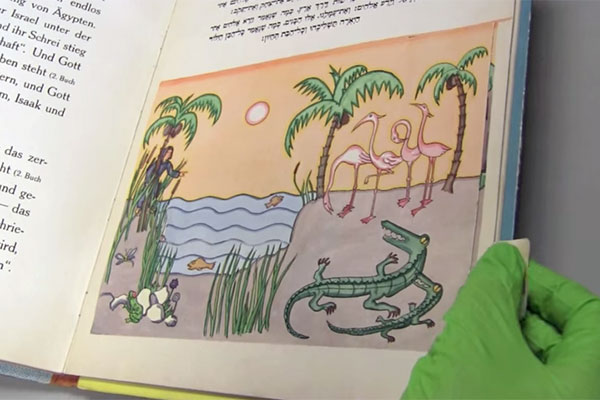
The Children’s Haggadah
In 1936, Hermann and Hedwig Picard of Lauterborg, France, gave a copy of The Children's Haggadah as a gift to their grandson, Ernest Picard, who lived with his parents in Mainz, Germany. Learn what this book reveals about Jewish life under the Nazis during the 1930s and one family’s desire to transmit its traditions and values to the next generation.
-
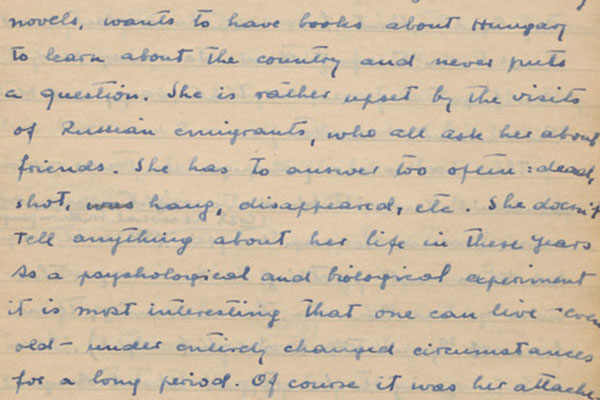
I Am Going to Be a Witness: Maria Madi’s Diary
Maria Madi was a non-Jewish physician living in Budapest during World War II. In her diary, she recorded her observations of life in wartime Budapest, including the persecution of Hungarian Jews after the German invasion in March 1944. Madi was not only a witness but also a rescuer; during the war, she hid three Jews in her apartment to protect them from possible deportation.
-
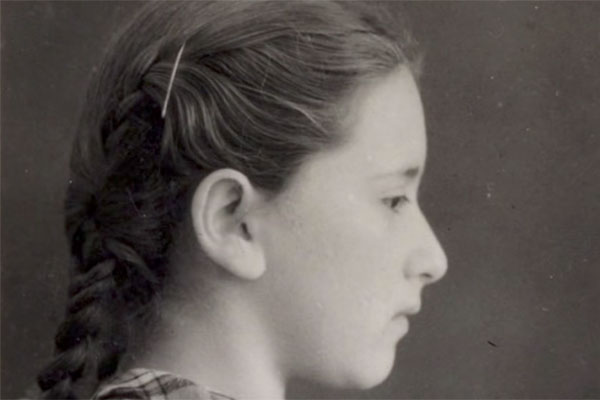
Hostages in Vittel: The Rodi Glass Collection
Rodi Waterman Glass was born in the Netherlands. Because her mother had British citizenship, the family was not deported to a camp in Poland or Germany like most other Dutch Jews but was sent instead to Vittel in France, where the Nazis held them in the hopes of exchanging them for German prisoners of war.
-
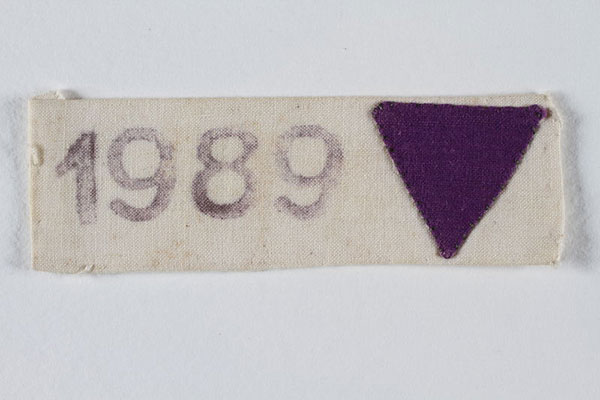
The Nazi Persecution of Jehovah’s Witnesses: The Kusserow Collection
Curator Suzy Snyder discusses materials, including photographs and letters, that were donated to the Museum by members of the Kusserow family. As Jehovah’s Witnesses, the Kusserows were persecuted by the Nazi regime.
-
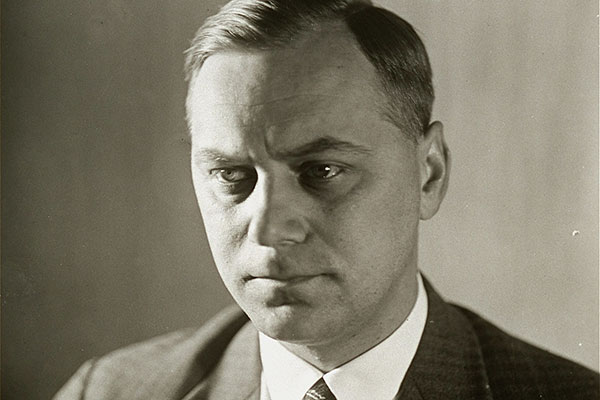
The Rosenberg Diary
On December 17, 2013, Immigration and Customs Enforcement formally handed over to the Museum the diary of Alfred Rosenberg, an early member and intellectual leader of the Nazi Party. This episode discusses the diary and its significance.
-
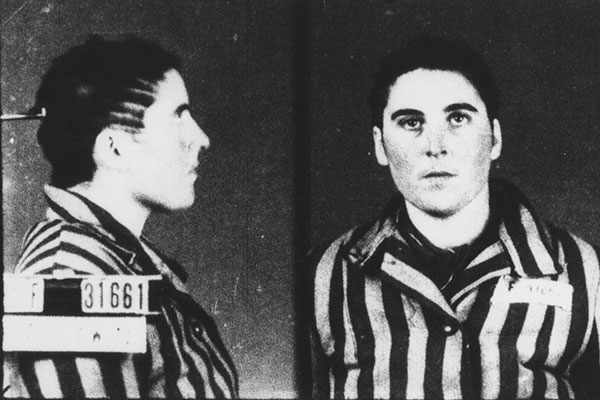
“Chere Odette”: Charlotte Delbo’s Letter
Charlotte Delbo was arrested in March 1942 for her involvement in the French Resistance and spent nearly 11 months in a series of French detention camps before being sent to Auschwitz and then Ravensbrück. She survived and later wrote about her experiences.
-
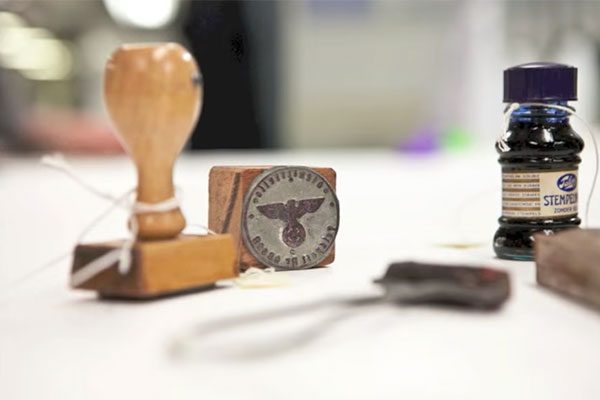
Risk and Resistance: The Elise Kann Jaeger Collection
When Germany occupied the Netherlands, a young Elise Kann went into hiding with Molly Van Heel, a non-Jewish friend of her mother’s, and Molly’s husband, Jerry. It wasn’t until decades later that Elise learned the full story behind the Van Heels’ efforts to rescue countless Jews.
-
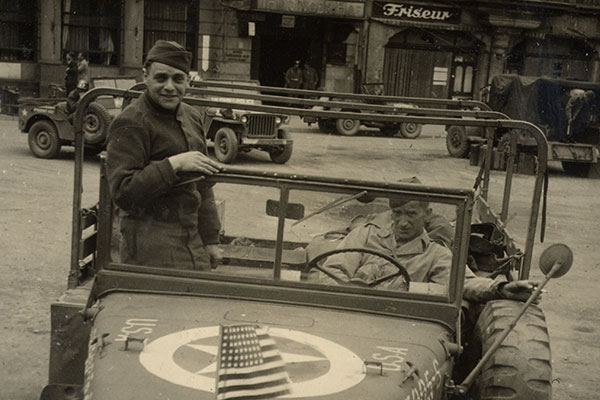
A Survivor’s Contribution to the US War Effort: The Joseph Eaton Collection
A refugee from Nazi Germany who served in the US Army during World War II, Joseph Eaton donated photos, letters, and papers that reveal his official—and unofficial—efforts to combat Nazism and aid its victims.
-
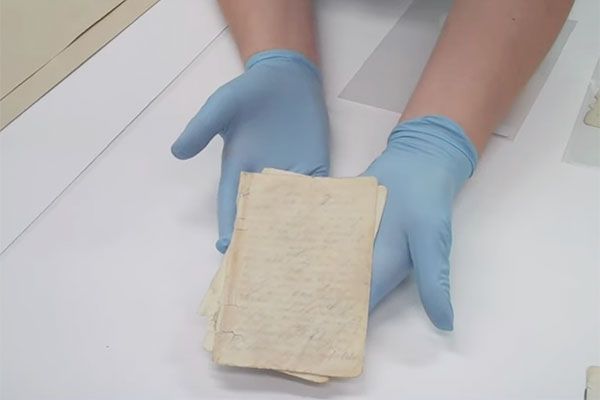
“I Have to Write Everything Down”: The Diaries of Selma and Chaim Engel
Selma Wijnberg and Chaim Engel met and fell in love in the Sobibor killing center. After the young couple made a daring escape during the camp uprising and fled into hiding, Selma began a diary to record their experiences.
< The Museum's Collections
Curators Corner
Extraordinary Stories Behind the Objects in Our Collections

